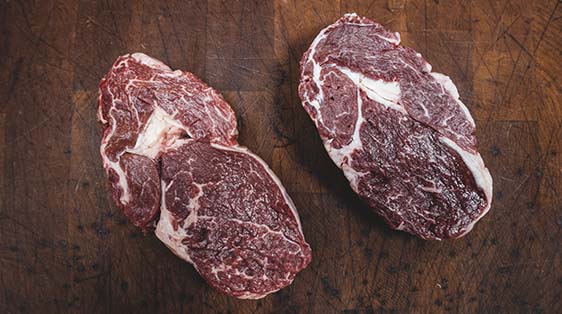
February 23, 2021Animal Law & Policy ProgramThe Sadism of Eating Real Meat Over Lab Meat
Animal Law & Policy Program Visiting Fellow Jan Dutkiewicz and Gabriel N. Rosenberg explore how the rise of cellular agriculture will force consumers to consider the moral consequences of torturing and killing animals for food in their article published in The New Republic today.
The average American eats about 220 pounds of flesh each and every year. Objections to meat-eating slam into the stubborn fact that many people enjoy eating it. A lot. Those pleasures span the gustatory and sensorial through to the complex emotional satisfactions tied to the commensality of meals with friends and loved ones, as well as to attachments to cultural, religious, and family traditions.
Imagine that no animal suffered and died to provide that pleasure. In early February, the Israeli company Aleph Farms announced that it had 3-D printed a steak from live animal-cell cultures. The approach simulates the vascular system of living animal tissue. This means that as the steak grows, it develops as a dense web of sinew, muscle, and fat that are practically indistinguishable from meat harvested from the body of a dead cow. Its steak is a well-marbled rib eye.
You may soon be confronted at your local restaurant and grocery store with a dilemma that until now was the stuff of science fiction stories and philosophical thought experiments: If you have the choice of two steaks, one cultured in a lab and the other carved from a cow corpse, which are otherwise indistinguishable and similarly priced, which would you choose?
You can read the full article in The New Republic.
